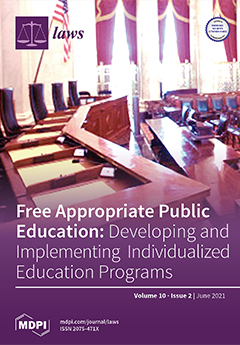Despite the overwhelming evidence of human rights violations within the Eritrean Military/National Service Programme (“MNSP”), adjudication of asylum applications made by Eritreans remains a challenge. Narrow interpretations of slavery have created obstacles for protection under the
1951 Convention Relating to the Status of Refugees (“
1951 Refugee Convention”). This article discusses
MST and Others, the latest Country Guidance case on Eritrea issued by the UK Upper Tribunal Immigration and Asylum Chamber (“UTIAC”), and also the lead case
E-5022/2017 of the Swiss Federal Administrative Court (“FAC”), which to a large extent replicated the UTIAC’s approach. The article focuses on how slavery, servitude and forced labour under article 4 of the
European Convention on Human Rights (“
ECHR”) have been interpreted in the British and Swiss case-law. While both, the British and the Swiss Courts, had recourse to the European Court of Human Rights’ (“ECtHR”) interpretation of article 4(1)
ECHR (the right not to be subjected to slavery or servitude), they refused the applicability of international criminal law notions to this provision, and thus to the concept of “persecution” in article 1A(2) of the
1951 Refugee Convention. In doing so, the UTIAC and the FAC set unreasonable requirements to satisfy article 4(1)
ECHR. Due to the very limited case-law pertaining to slavery by the ECtHR, the
ECHR does not offer an appropriate framework for examining asylum applications of victims of slavery. It is therefore suggested that slavery cases are considered against a wider legal framework, which involves the examination of concepts developed by international criminal law (“ICL”). ICL has indeed developed a significant body of jurisprudence on the interpretation of the international law concept of slavery and its application to contemporary situations. The article contrasts the British and Swiss Courts’ position to develop an interpretative approach that connects different areas of international law, including not only international refugee law and international human rights law (“IHRL”), but also ICL. If applied in line with the principle of systemic integration and according to the overall purposes of the
1951 Refugee Convention, this approach would yield consistent results. Ultimately, this article seeks to assist asylum decision-makers and practitioners in the interpretation and application of the refugee definition to asylum applications of persons from Eritrea.
Full article





